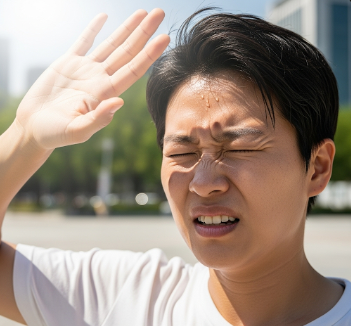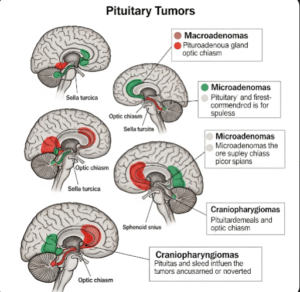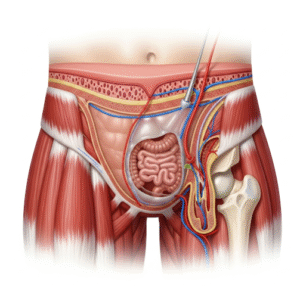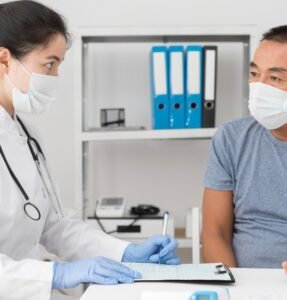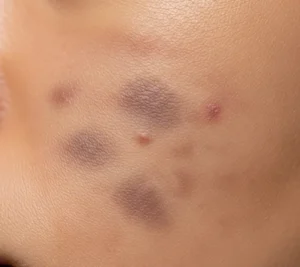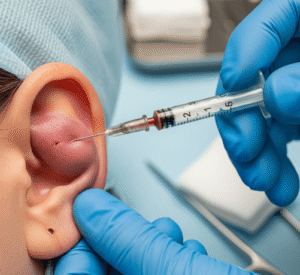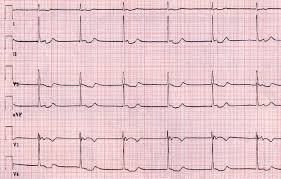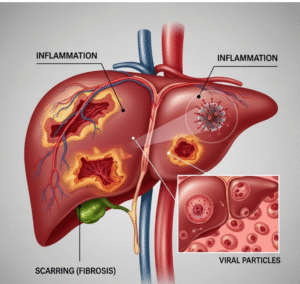Overview
Photosensitivity refers to an exaggerated or abnormal reaction of the skin or eyes to sunlight or artificial light, resulting in rashes, redness, irritation, or discomfort. It is not a single disease but a symptom or condition associated with various medical, genetic, or environmental factors. Photosensitivity can range from mild skin irritation to severe systemic reactions and can significantly affect daily life, outdoor activities, and overall quality of life.
➤ Photosensitivity can affect the skin, eyes, or both, depending on the underlying cause.
➤ It may be triggered by sunlight, UV rays, fluorescent lighting, or certain medications.
➤ Early recognition is essential, as persistent photosensitivity can indicate underlying conditions like autoimmune disorders or drug reactions.
In Korea, dermatology and ophthalmology clinics provide advanced diagnostics and targeted treatments to manage photosensitivity effectively, combining modern technology and holistic care approaches.
Key Facts
➤ Photosensitivity is an abnormal reaction to light exposure, commonly sunlight.
➤ Symptoms may include rashes, redness, itching, burning, or eye discomfort.
➤ Causes range from genetic disorders, autoimmune diseases, medications, and environmental exposure.
➤ Severe reactions can result in blistering, swelling, or systemic symptoms.
➤ Korean medical centers offer specialized care including photoprotection, pharmacological management, and lifestyle guidance.
What is Photosensitivity?
Photosensitivity, also known as light sensitivity or photodermatosis, occurs when the skin or eyes respond abnormally to light. This reaction can be acute or chronic and may involve immune-mediated, genetic, or chemical pathways.
➤ Medical definition: Photosensitivity is an increased sensitivity of skin or eyes to ultraviolet (UV) or visible light, resulting in irritation, rash, or inflammation.
➤ Types of photosensitivity:
➤ Dermatological photosensitivity – affects the skin and may cause rashes, blisters, or hyperpigmentation.
➤ Ocular photosensitivity – affects the eyes, causing discomfort, tearing, squinting, or headaches.
➤ Drug-induced photosensitivity – triggered by medications that make skin or eyes more reactive to light.
➤ Appearance: In skin, it may appear as redness, swelling, or sunburn-like lesions. In eyes, it manifests as discomfort or pain under bright light.
What Symptoms Are Related To
Photosensitivity is often accompanied by other dermatological or ocular symptoms:
➤ Skin-related symptoms:
➤ Redness, burning, or itching on sun-exposed areas.
➤ Rashes, hives, or blister formation.
➤ Hyperpigmentation or scarring in severe cases.
➤ Eye-related symptoms:
➤ Squinting, tearing, or eye pain under bright light.
➤ Headaches or migraine-like symptoms triggered by light exposure.
➤ Systemic symptoms (if related to autoimmune or drug reactions):
➤ Fatigue, fever, or malaise.
➤ Joint pain or swelling in conditions like lupus.
Recognizing associated symptoms is critical for identifying the underlying cause and choosing appropriate treatment.
What Causes / Possible Causes
Photosensitivity may result from a wide range of genetic, medical, environmental, and medication-related factors:
➤ Genetic causes:
➤ Albinism – lack of melanin increases skin and eye sensitivity.
➤ Xeroderma pigmentosum – defective DNA repair causes extreme UV sensitivity.
➤ Autoimmune and systemic causes:
➤ Systemic lupus erythematosus (SLE) – UV exposure triggers skin lesions and flares.
➤ Dermatomyositis – photosensitivity with rash and muscle weakness.
➤ Medications and chemicals:
➤ Certain antibiotics (tetracyclines, sulfonamides) can induce phototoxic reactions.
➤ Chemotherapy drugs and NSAIDs may increase sensitivity.
➤ Cosmetics, perfumes, or topical creams with photosensitizing chemicals.
➤ Ocular causes:
➤ Uveitis, keratitis, or dry eye syndrome can heighten light sensitivity.
➤ Migraines or neurological conditions may trigger ocular photophobia.
➤ Environmental factors:
➤ Sunlight exposure, particularly UVB rays.
➤ Fluorescent lighting or prolonged screen use.
When Should I See My Doctor
Medical evaluation is necessary when photosensitivity is persistent, severe, or accompanied by other concerning symptoms:
➤ Severe or widespread skin reactions – blistering, swelling, or persistent rash.
➤ Eye discomfort interfering with daily activities – squinting, tearing, or pain under normal light.
➤ Associated systemic symptoms – fatigue, joint pain, fever, or neurological changes.
➤ New photosensitivity after starting medication – may indicate a drug reaction.
➤ History of autoimmune disease or genetic disorders – increased risk of complications.
In Korea, dermatologists and ophthalmologists use advanced diagnostic tools and lab tests to identify the underlying cause and recommend appropriate treatment.
Care and Treatment
Management of photosensitivity focuses on reducing exposure, relieving symptoms, and addressing underlying causes:
➤ Environmental and lifestyle adjustments:
➤ Use broad-spectrum sunscreen and protective clothing.
➤ Wear UV-blocking sunglasses and hats outdoors.
➤ Minimize exposure to fluorescent or LED lighting indoors.
➤ Ocular care:
➤ Artificial tears or lubricating eye drops for eye discomfort.
➤ Tinted lenses or anti-glare filters for screen use.
➤ Treat underlying eye conditions like uveitis or dry eyes.
➤ Medications:
➤ Topical corticosteroids or anti-inflammatory creams for skin reactions.
➤ Immunosuppressive therapy for autoimmune-related photosensitivity.
➤ Adjustment or discontinuation of photosensitizing drugs under medical guidance.
➤ Monitoring and follow-up:
➤ Regular dermatology and ophthalmology check-ups.
➤ Monitor for recurrence, new symptoms, or systemic involvement.
Treatment Options in Korea
Korean medical facilities provide comprehensive care for photosensitivity through multidisciplinary approaches:
➤ Dermatology clinics – advanced photoprotection strategies, topical and systemic treatments, and skin monitoring.
➤ Ophthalmology departments – diagnosis and management of ocular photosensitivity, including tinted lenses and ocular surface therapy.
➤ Autoimmune disease centers – treatment for lupus, dermatomyositis, and other systemic conditions causing photosensitivity.
➤ Medication review and management programs – identification and adjustment of photosensitizing drugs.
➤ Personalized lifestyle and photoprotection counseling – UV avoidance, clothing, and eye protection strategies.
➤ Follow-up and monitoring – ensuring effective control of symptoms and preventing complications.
Patients in Korea benefit from highly skilled specialists, advanced diagnostic technology, and coordinated care, ensuring that photosensitivity is properly evaluated and managed.

